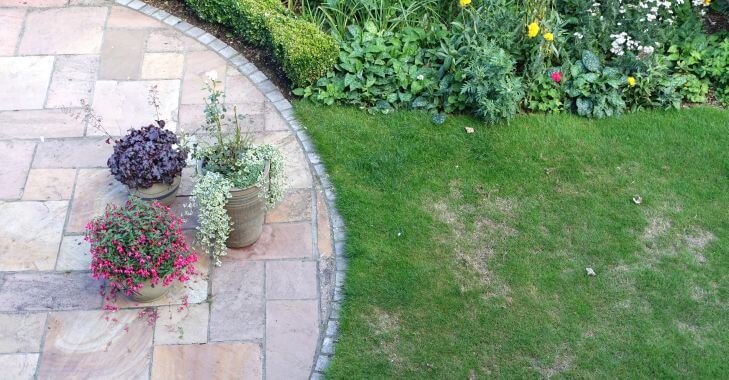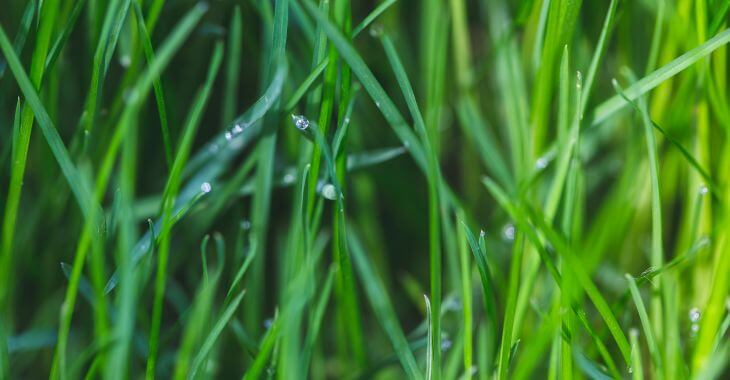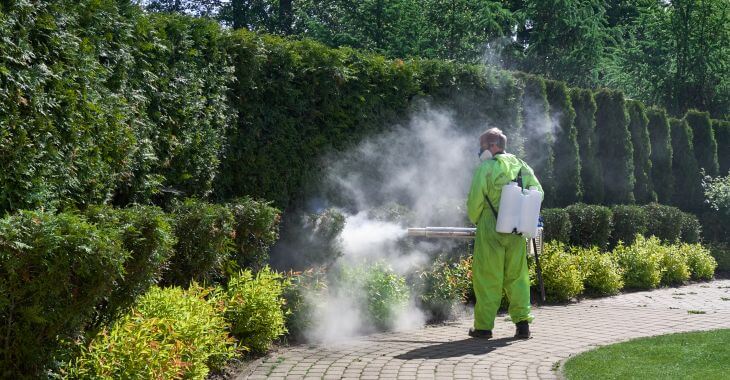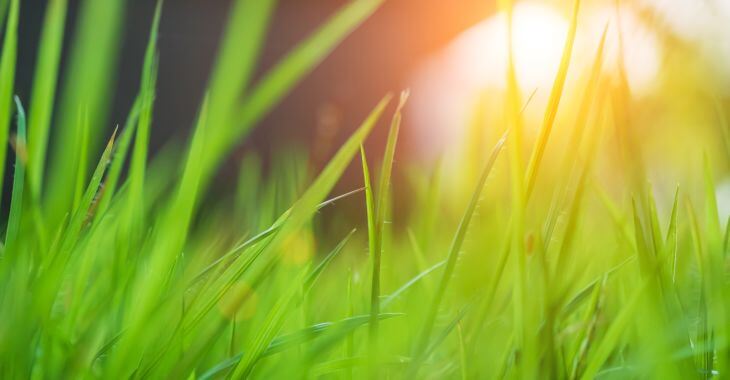Chinch Bugs: Lawn Destroyers

Maintaining a healthy lawn takes work, especially when there are so many hurdles to overcome. You need the right soil, irrigation, fertilizer and more to obtain a lush lawn. Even when you do everything right, there are other enemies of healthy grass, including chinch bugs – lawn destroyers.
What Are Chinch Bugs?
If you live in a moist climate, you may not know about chinch bugs. These are tiny bugs that love hot, dry weather and a beautiful lawn to destroy. Chinch bugs are common in the eastern U.S. but they can thrive anywhere with hot, dry summers.
Hairy chinch bugs (Blissus leucopterus hirtus) are very small, usually less than a quarter-inch in length. You likely will not see them as they hide in turfgrass, feeding on the stalks down near the soil. These bugs poke holes in the grass, feeding on the juice while killing your lawn one blade at a time.
What Do Chinch Bugs Look Like?
If you get out a magnifying glass or put some turf into a bucket of water, you may be able to see a chinch bug. The nymph or baby chinch bug is bright red with white stripes, while the adult bugs are black and white with triangle-shaped markings on their back.
Chinch bugs drown easily, so this is the best way to check for these bugs in your lawn. If you cut a piece of turf and put it in water, the bugs will float to the top. However, there are other signs that you have these lawn destroyers in your turfgrass.
Signs of Chinch Bug Infestation
Chinch bugs flourish during the driest and hottest months of the year. These bugs love thick thatch, which is where they burrow down during the winter, then emerge in the spring to begin feeding and breeding. By summertime, there may be signs of chinch bug infestation, including:
- Patches of dry or dead grass
- Dying grass even with regular watering
- Spreading areas of dying turfgrass
Chinch bug grass damage can appear like drought damage, but it starts in small patches and spreads. Chinch bugs targeted drought-damaged lawns, which is why it may not be obvious that these bugs are the cause of your dead patches in your lawn.
How to Get Rid of Chinch Bugs
Once you determine that you do have an infestation, you need to know how to get rid of chinch bugs. As previously stated, there are two elements that attract chinch bugs: dry conditions and thick thatch. To make your lawn less desirable to chinch bugs, you need to remedy these conditions.
Healthy, well-watered lawns are less likely to have a thriving chinch bug population. Regular irrigation can trigger chinch bugs to move on to drier and less green pastures. Keep your lawn irrigated, fertilized and properly mowed to reduce the risk of chinch bug infestation.
Thatch is another concern if you want to get rid of chinch bugs. These tiny creatures need a thick thatch to hibernate in during the winter. Dethatching your lawn, especially in the fall, can reduce the chance of these bugs wintering in your lawn and emerging in the springtime.
Unfortunately, once you have an infestation of chinch bugs, it may not be easy to get rid of them by simply watering, mowing, dethatching and caring for your lawn. These infestations often occur during drought conditions that are already tough on turfgrass.
Treatments for Chinch Bug Infestation
When you determine that it is chinch bugs that are destroying your lawn, you will likely need the help of a lawn professional. Treatment for chinch bugs requires the right pest control that will not harm other beneficial elements within your lawn.
It can require multiple professional lawn treatments to thwart a chinch bug infestation. Treatment can be performed throughout the summer to prevent a cycle of these lawn destroyers year after year. Once the bugs are gone, your landscaping professional can help you restore a healthy lawn.
Restoring Your Lawn After Chinch Bugs
To bring back your lawn and prevent future infestations of chinch bugs, you will want to give it what it needs to thrive. Mowing it to an ideal level and dethatching are the first steps, followed by regular irrigation, fertilizing, core aeration and reseeding to replace damaged grass.

Once your lawn is restored, regular maintenance to keep it moist with minimal thatch can prevent new chinch bugs from moving in. A healthy, well-maintained lawn is your best defense against these tiny lawn and turfgrass destroyers.
It is hard enough to grow a lush, healthy lawn without tiny bugs eating your grass. If you see signs of chinch bugs, make sure to take preventive measures to keep them at bay. For chinch bug lawn treatment, contact your local landscaper to get rid of these damaging bugs.

